What to visit in Cáceres
A MUSEUM FIT EVEN FOR THE INDIFFERENT:
HELGA DE ALVEAR MUSEUM UNDER EXAMINATION
A few months after the extension of the Helga de Alvear Foundation – 5000 m2 extra and around € 13M –, by the architect Emilio Tuñón, converted into the Museum of Contemporary Art of Cáceres, it is time to put it under examination. It hosts a “small” part of the private collection of Helga de Alvear, one of the most experienced and veteran collectors in Europe, co-founder of the Arco art fair. Let’s get straight to the point:
1. Location:
The Helga de Alvear Museum borders, on one side, with the periphery of the captivating historic center of Cáceres, a Unesco World Heritage Site, on Pizarro Street, where stylish cocktail bars with great tradition thrive in the city, and on the other – where its most characteristic façade and garden stand– with one of the least glamorous streets in the capital, Camino Llano, which, depending on the light, can even be depressing. It is precisely because of its location on that street that it does not reach a higher score in location: 7.0 points, since neither has it privileged views nor is it possible to observe it from a privileged place.
2. Building design:
It is a colossal building, with huge spaces, designed, rather than to compete with the works it hosts, to show them in their greatest splendour and to accompany the spectator discreetly in his visit, making him feel good without aiming to rob the limelight, although deep down, due to its dimensions, it is one of the most important elments of the visit. It has a minimalist façade that, although it draws the attention (it has received several architecture awards), does not generate the admiration that other spaces can provoke. There are buildings that, just because of their external shell, are able to attract visitors, and I don’t think this one has that power. Competing with the design of the best spaces globally, considering its discretion, the score awarded is 8.75 points.
3. Gardens:
There was someone who, before the enlargement, told me: “This is going to be like the Guggenheim, and it’s also going to have wonderful gardens…”. Again, those gardens overlook one of the most depressing streets, although fortunately that street does not look so sad from the high level of the Helga gardens. Like any gardens they are a pleasure to wander around and they have a couple of interesting sculptures, plus others that probably will not captivate you. It is not a garden that justifies a visit by itself, and its main function is to serve as a pleasant connection between the exterior entrance to the Museum off Camino Llano and its access door to the interior. On the other hand… it has a garden, which is a fantastic philosophy, to include some nature, even if it is domesticated, in our day-to-day. Not all museums allow us to enjoy one. Score: 7.5 points.
4. Collection:
We will begin by saying that this is Helga de Alvear’s private collection, and that therefore it is her right to exhibit what she deems fit, and the rest of us mortals simply have to be grateful to Helga for sharing it with us (unless you want to question the use of funds from the Regional Government in the partial financing of the project, which is not my intention).
I confess that I have never been an enthusiast of this type of contemporary art, where the aesthetics of the works can move to a second or third plane. In fact, previous visits to the Helga Foundation, before its expansion, have left me quite indifferent.
This Museum is not the Prado, the Lázaro Galdiano, the Thyseen or the National Gallery of London, where the visitor can delight in the contemplation of the beauty, technique and content of each of the works in the collection.
At the Helga, if you do not look into the works, it will be difficult for you to take advantage of the visit, regardless of how gratifying it is to go through such a space, and some of its works can leave us absolutely indifferent. Merely admiring Ai Wei Wei’s spectacular lamp (Descending Light, 2007) and delving deeper into what it represents are two very different things: the fall of opulent and corrupt powers in China. We can walk without even turning our heads to other works, such as the one about the declassified and crushed banknotes (Paper Money, Ignasi Aballí, 2007), but if we investigate, it will change our perception of the work and give us an idea that will remain in us – even though we agree that we would prefer, if necessary, to hang something different at home.
Helga has amassed a collection of internationally acclaimed artists, with works that reach two million euros, depending on the fluctuation of prices in the art market. It maintains a coherent exhibition line – it seems strange to find Goya’s etchings – and that is why, although there are works that individually do not say much to me, it is highly interesting to know the collection and therefore I give a high score to it: 9.0 points (reserving the 10 points for the collections in the previously mentioned museums).
5. Dynamism:
Despite the short life of the extension, it is interesting that this museum is making small changes, with new works or variations in its arrangement, at least in certain outdoor spaces. Due to the large number of works in Helga de Alvear’s possession compared to the number exhibited in the museum, this could be somewhat recurrent. In fact, in the original part of the foundation, the part not enlarged (with a beautiful old exterior façade, by the way), temporary exhibitions are held. It is a living space that invites you to return from time to time to discover the new exhibitis. Score: 9.5.
6. Activities:
The museum carries out activities such as guided tours, courses, workshops and activities for children, contributing to the enrichment of present and future society. Score: 10/10.
7. Staff:
The staff of the museum is made up of an excellently trained staff, composed of graduates (Fine Arts, Art History, Philosophy …), who also show perfect professionalism, courtesy and even friendliness. Do not hesitate to approach them to request more information about any work if you need it. Score: 10/10.
8. Price:
To this date, admission is free. It is only necessary to book the ticket online for restrictions in the current capacity, something that the staff at the gate can help you to do, as long as there are places available. This is quite useful for those of us who live in the city to visit the museum frequently, to check how it evolves. In any case, it would be understandable if they charged an entrance fee to finance their activities. Score: 10/10.
9. Others: shop, cafe
In the same line as the above, to finance its activities and provide possibilities to its visitors, it would be pleasant to have a shop and a coffee shop. Helga has opposed this at all times, and it seems that those extra facilities are not planned in the pending extension of the Museum (a warehouse is going to be built to store the rest of the gallerist’s collection). In any case, the philosophy that seems to be behind is plausible: “to this Museum we just come to enjoy art”, full stop. I would like to be able to decide if I want to have a coffee or buy something in this museum, but anyway, maximum score: 10/10.
10. Conclusion
Visiting Cáceres and not seeing this museum would be a big error. It is a cathedral of contemporary art and a luxury for Cáceres, given that by itself this space is attracting visitors to the city. Whether you are an enthusiast, indifferent or detractor of contemporary art, this museum will offer you an experience that, to a greater or lesser extent, you will enjoy.
11. Summary and Average Score
|
Nº |
Area |
Score |
|
1 |
Location |
7,00 |
|
2 |
Design |
8,75 |
|
3 |
Gardens |
7,50 |
|
4 |
Collection |
9,00 |
|
5 |
Dynamism |
9,50 |
|
6 |
Activities |
10,00 |
|
7 |
Staff |
10,00 |
|
8 |
Price |
10,00 |
|
9 |
Others |
10,00 |
|
|
|
|
|
Average |
9.1 |
|
12. Other places of interest that you can visit in Cáceres are:
- ARTsolutely: a minute walk from the Helga de Alvear museum, you will find ARTsolutely, an artist’s gallery (calle Hornos 25). It is a beautiful artist’s gallery, which has different singularities such as a polychrome coffered ceiling, a stone arch, or a stained glass window. It was born in 2018 to promote the work of his founder, Fernando Paramio, artistic photographer, whose works delve into aspects of our psychology, culture and the Environment, some of which have been awarded in international competitions. Being the most recent gallery in Cáceres, it is also the one with the greatest acceptance of the public, being the first to exceed 100 opinions on Google, and with the highest score. In addition, ARTsolutely managed in November 2021 to become the first laboratory approved in Extremadura and No. 13 in Spain, by Canson Infinity, a brand of museum quality paper (ISO 9706), which is reflected in the technical quality of the printed works. Depending on the workload at the time of your visit, the author will gladly explain, if you want, the works that most catch your attention. Free admission.
- Museum of Cáceres.
- Pedrilla Museum and Guayasamín house.
- Tower of Bujaco and small tour of the wall of Cáceres.
- Churches of San Jorge, Santiago and co-cathedral of Santa María (with ascent to its towers)
- Vostell Museum. In Malpartida in Cáceres, in the natural and beautiful environment of the Barruecos area.
- Carvajal Palace.
- Palacio de los Golfines de Abajo.




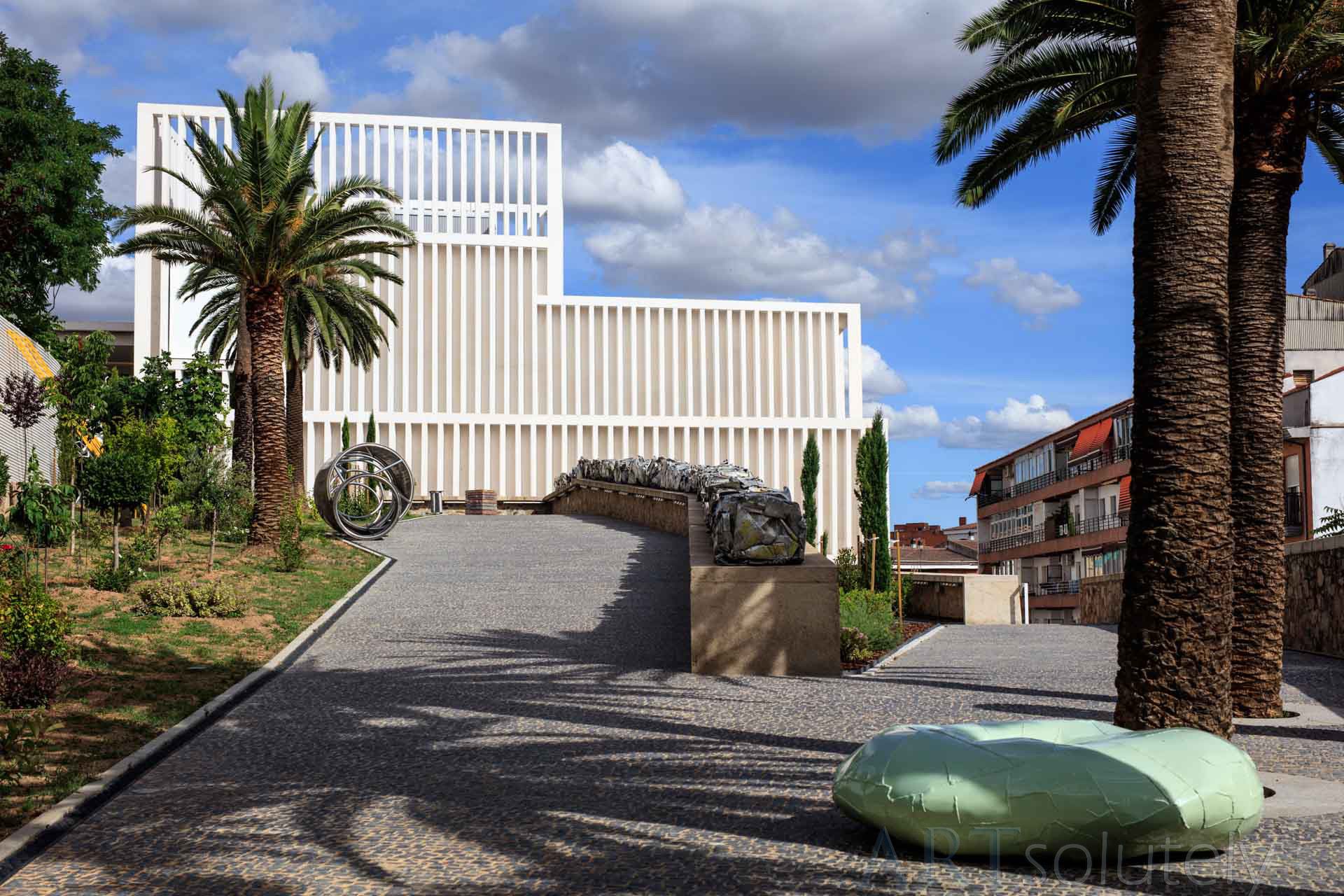
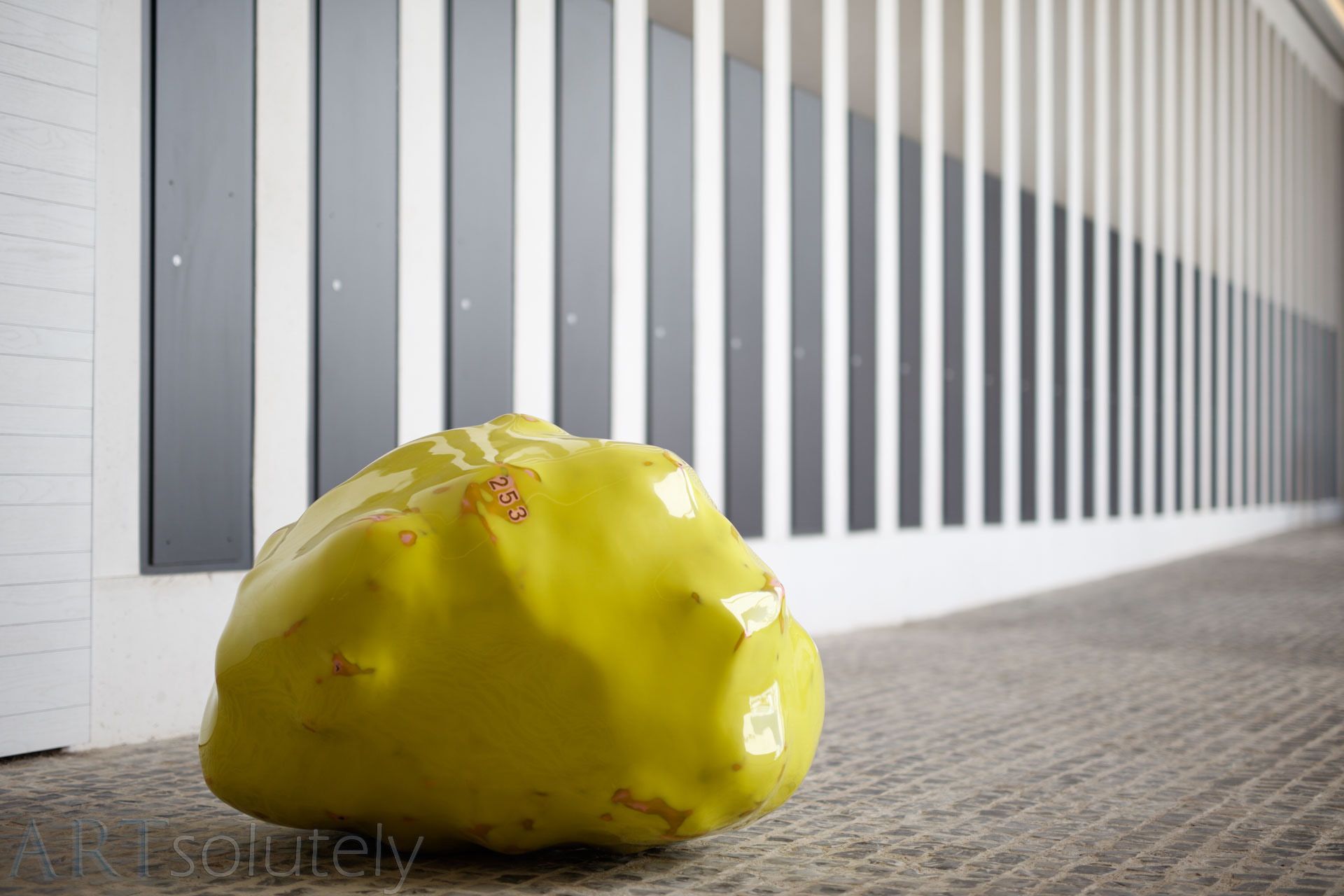
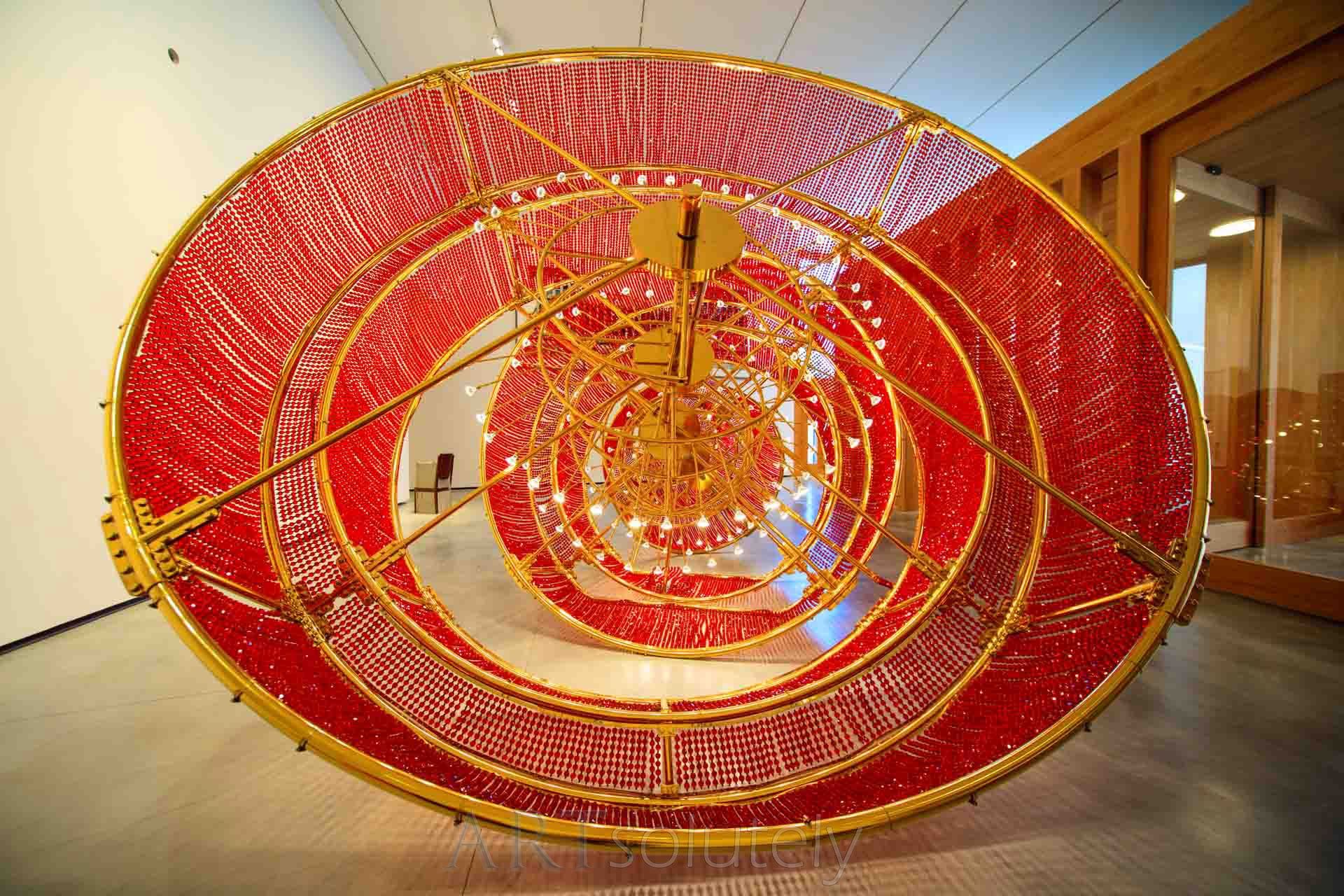
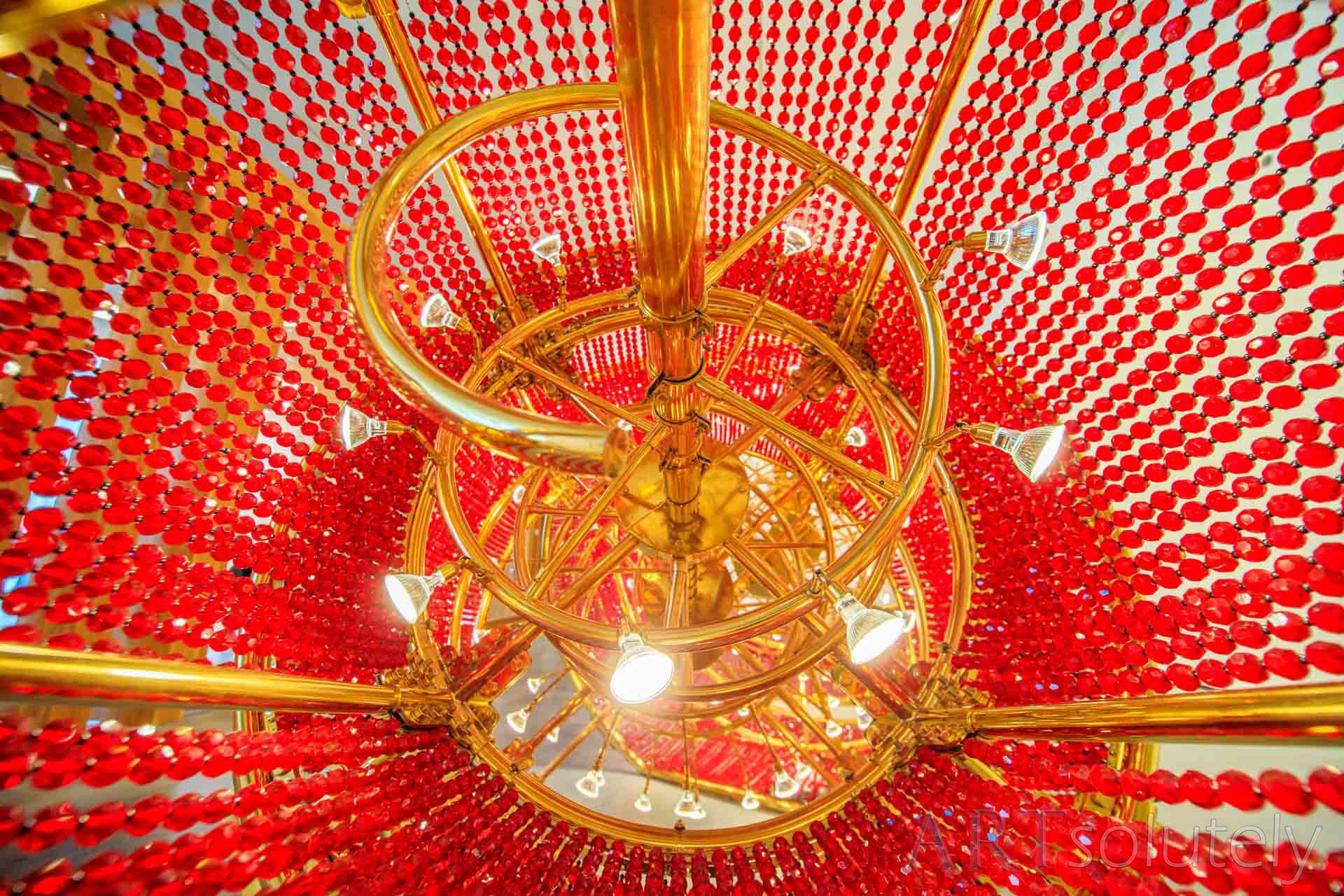
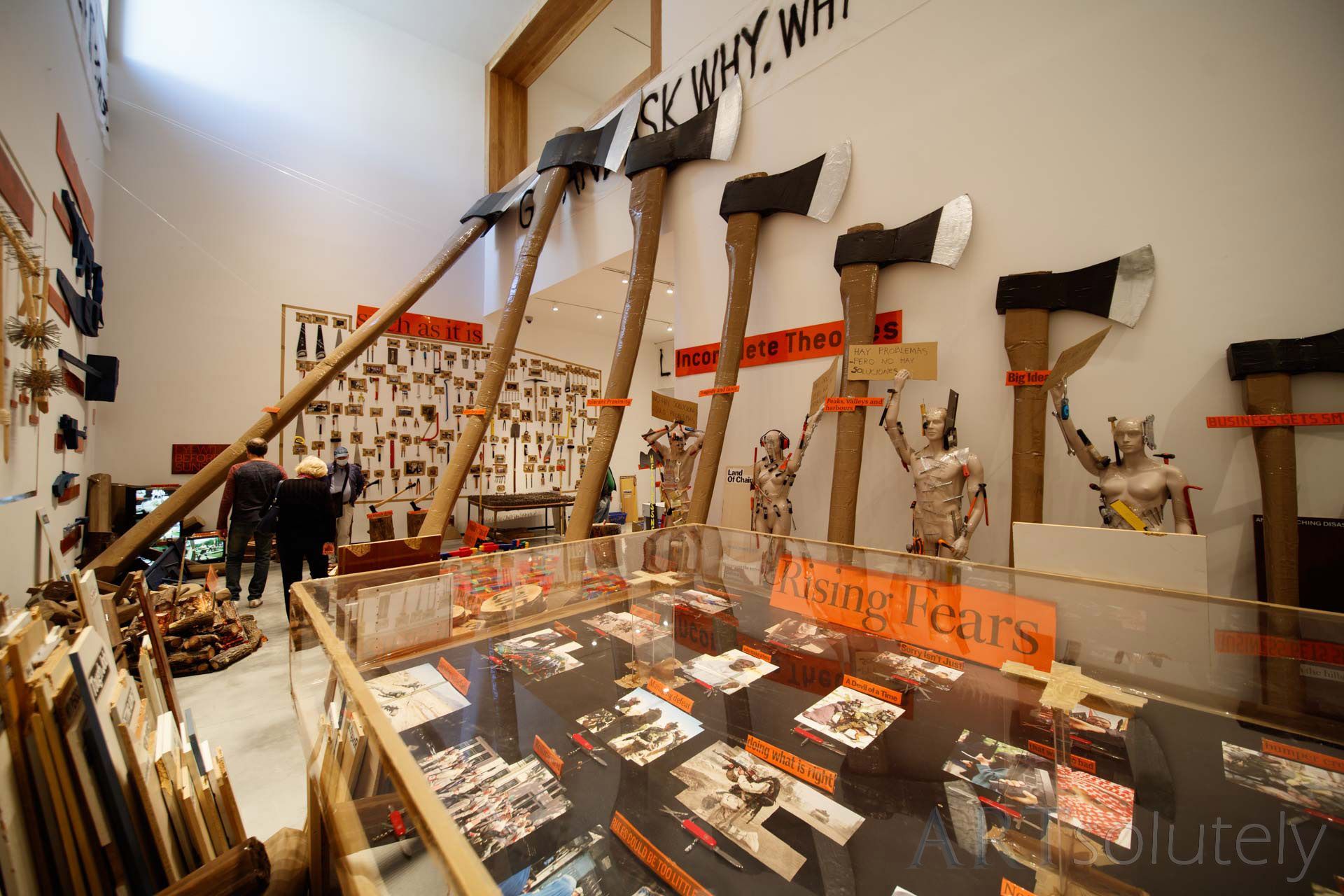

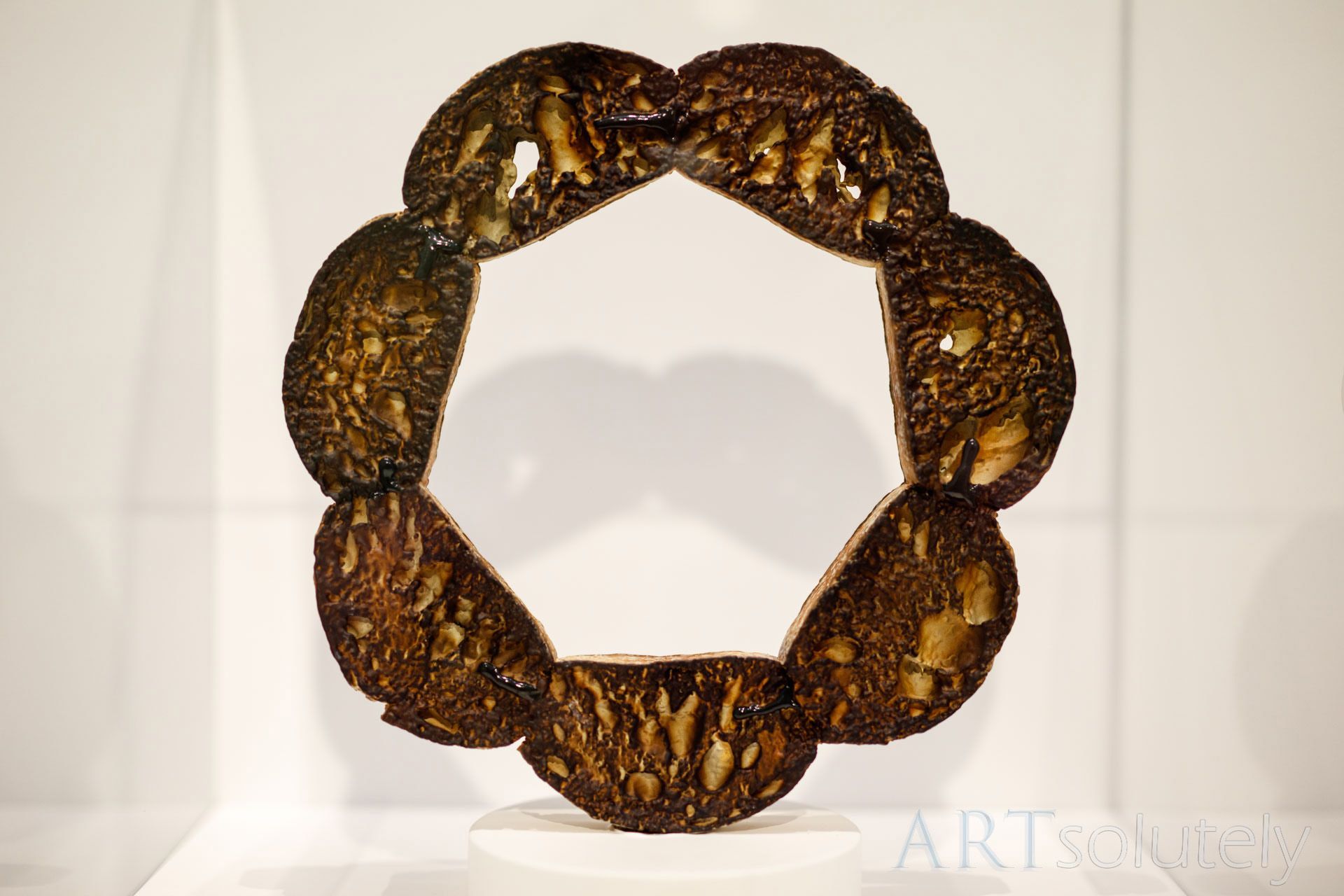
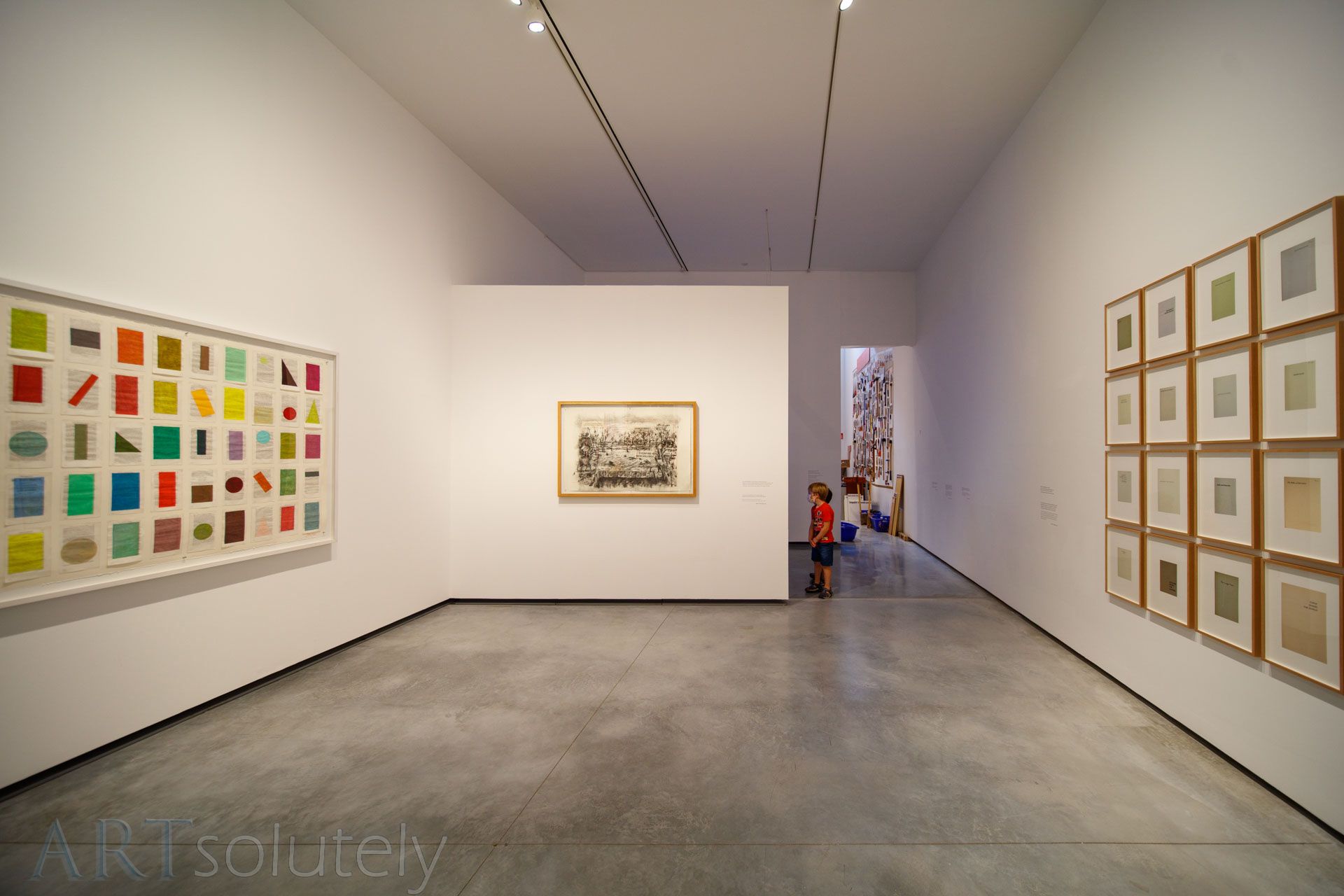
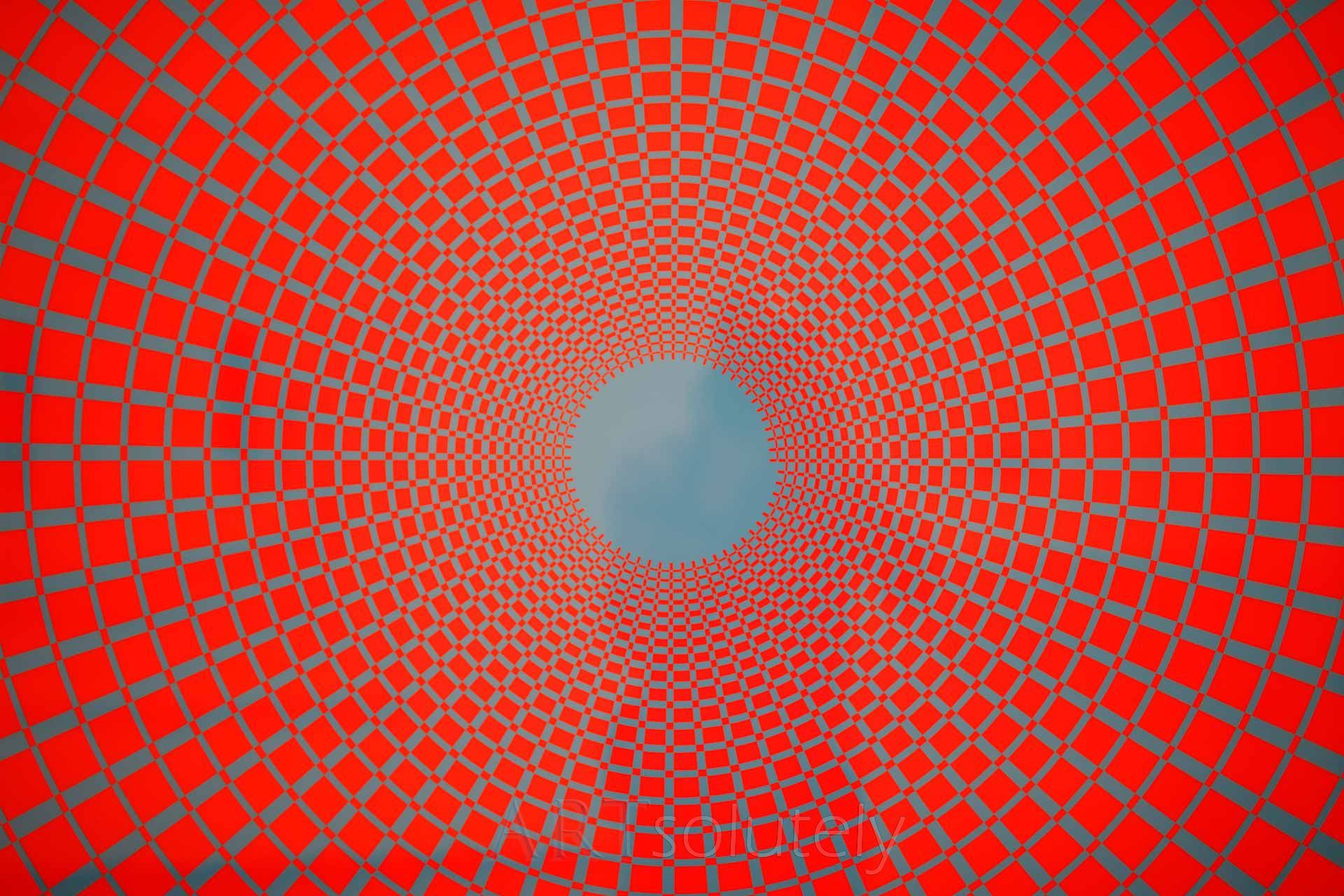
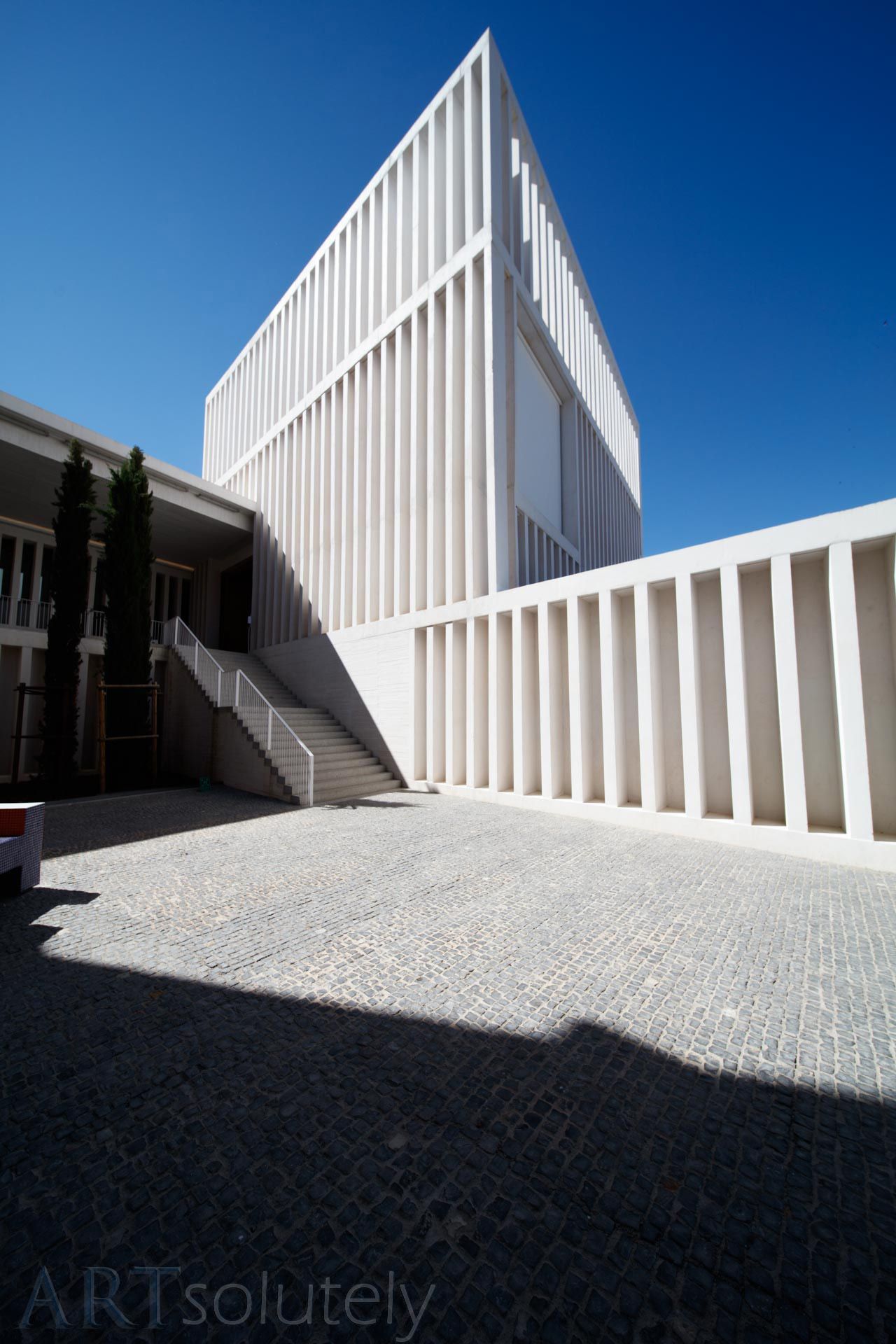

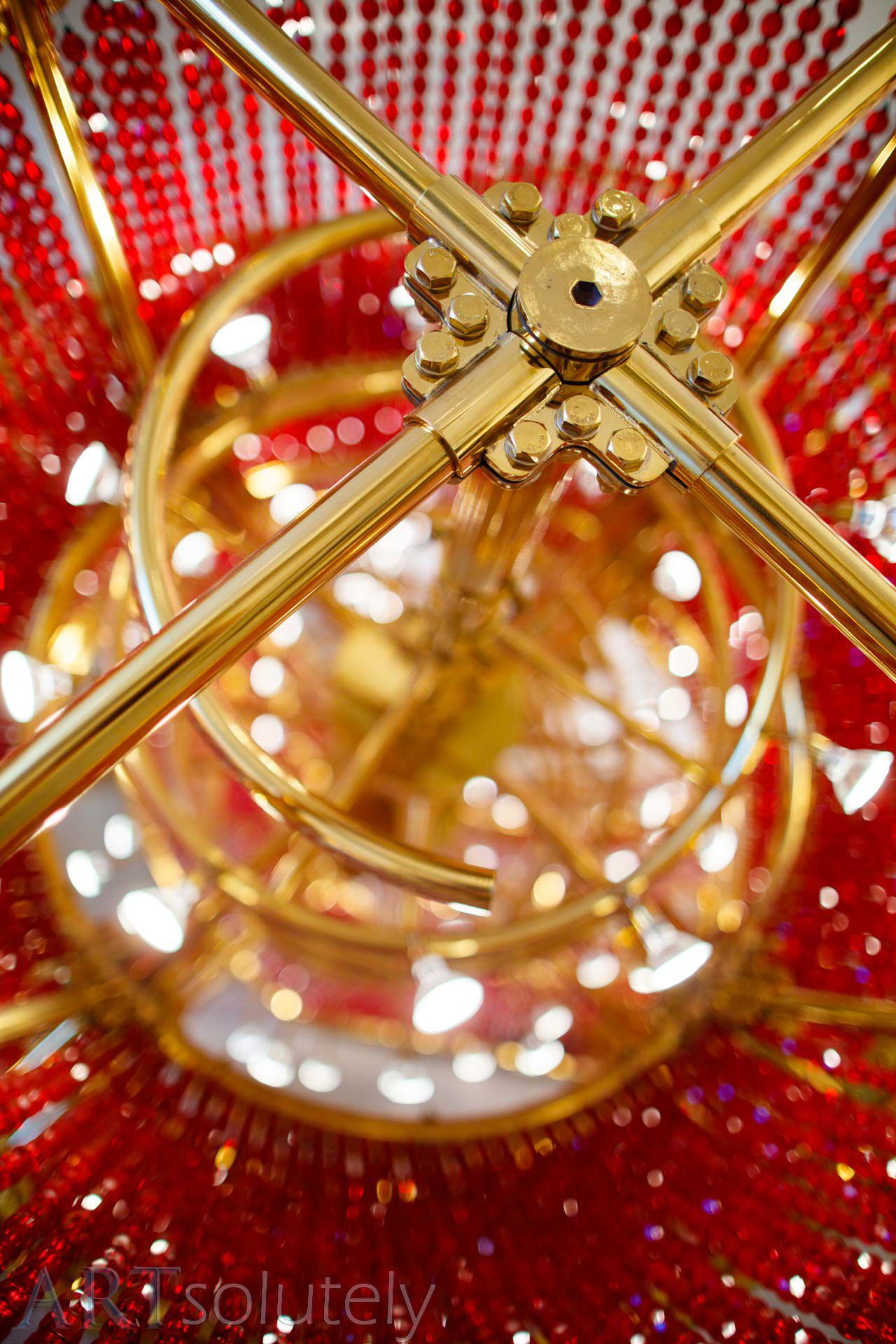

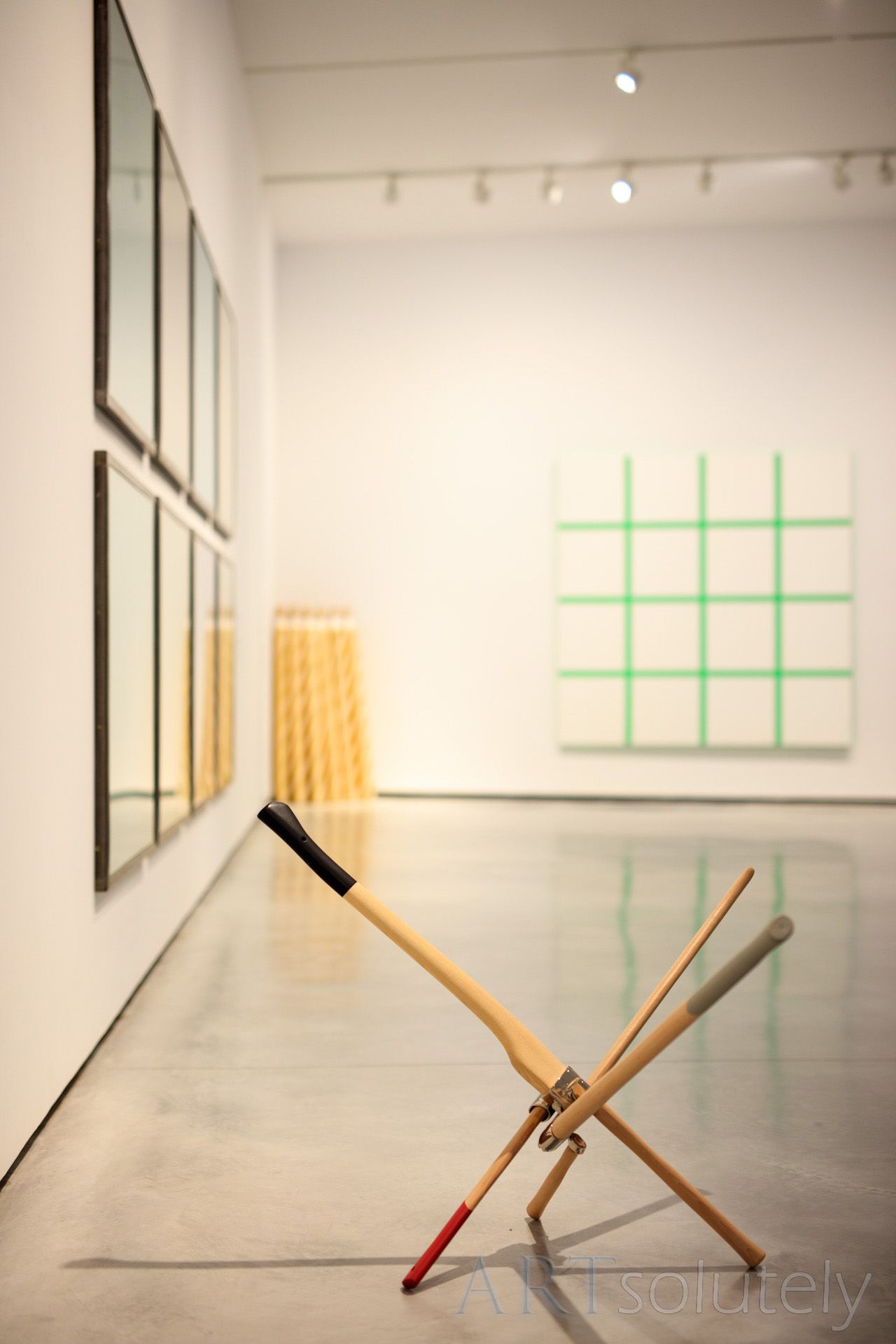

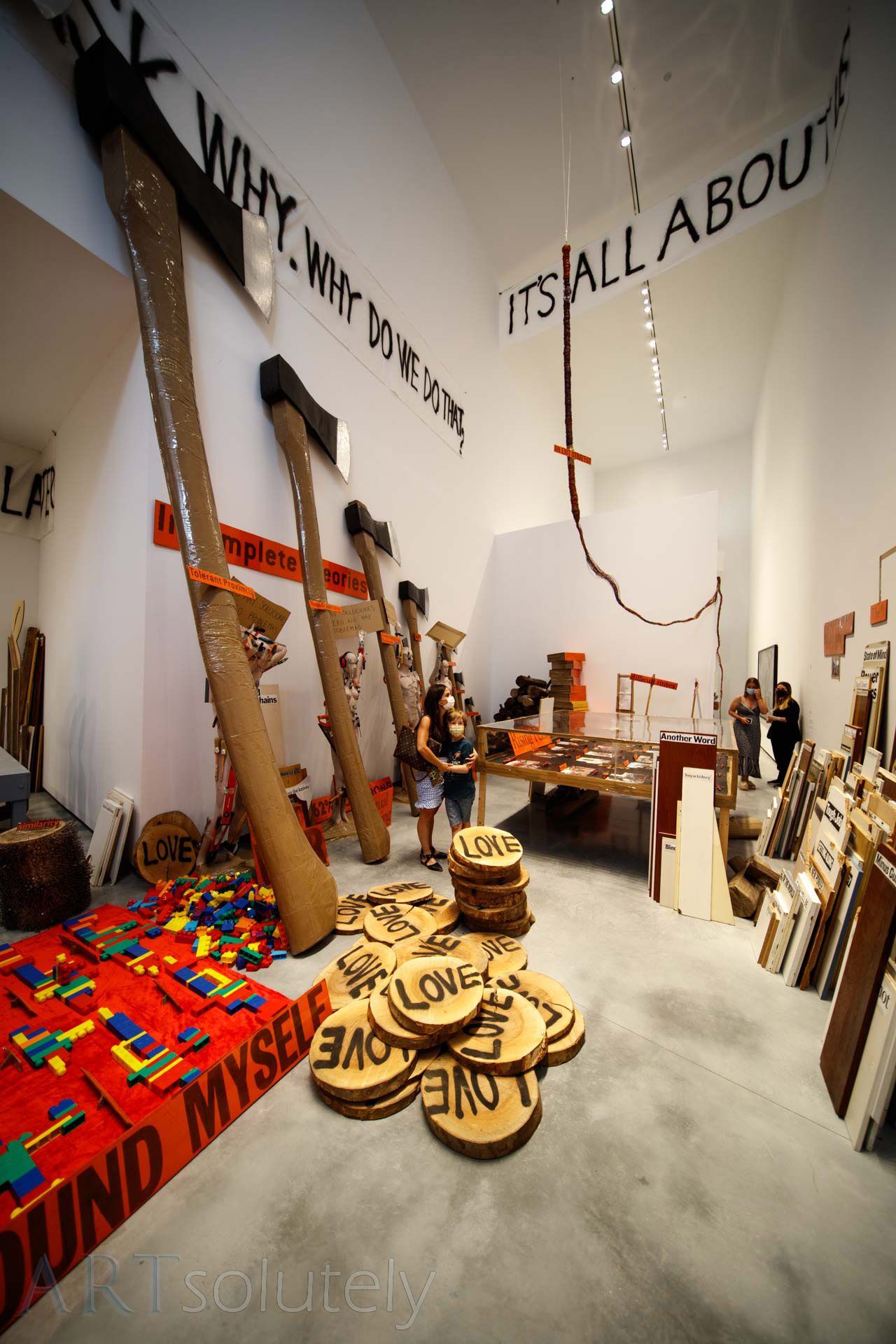


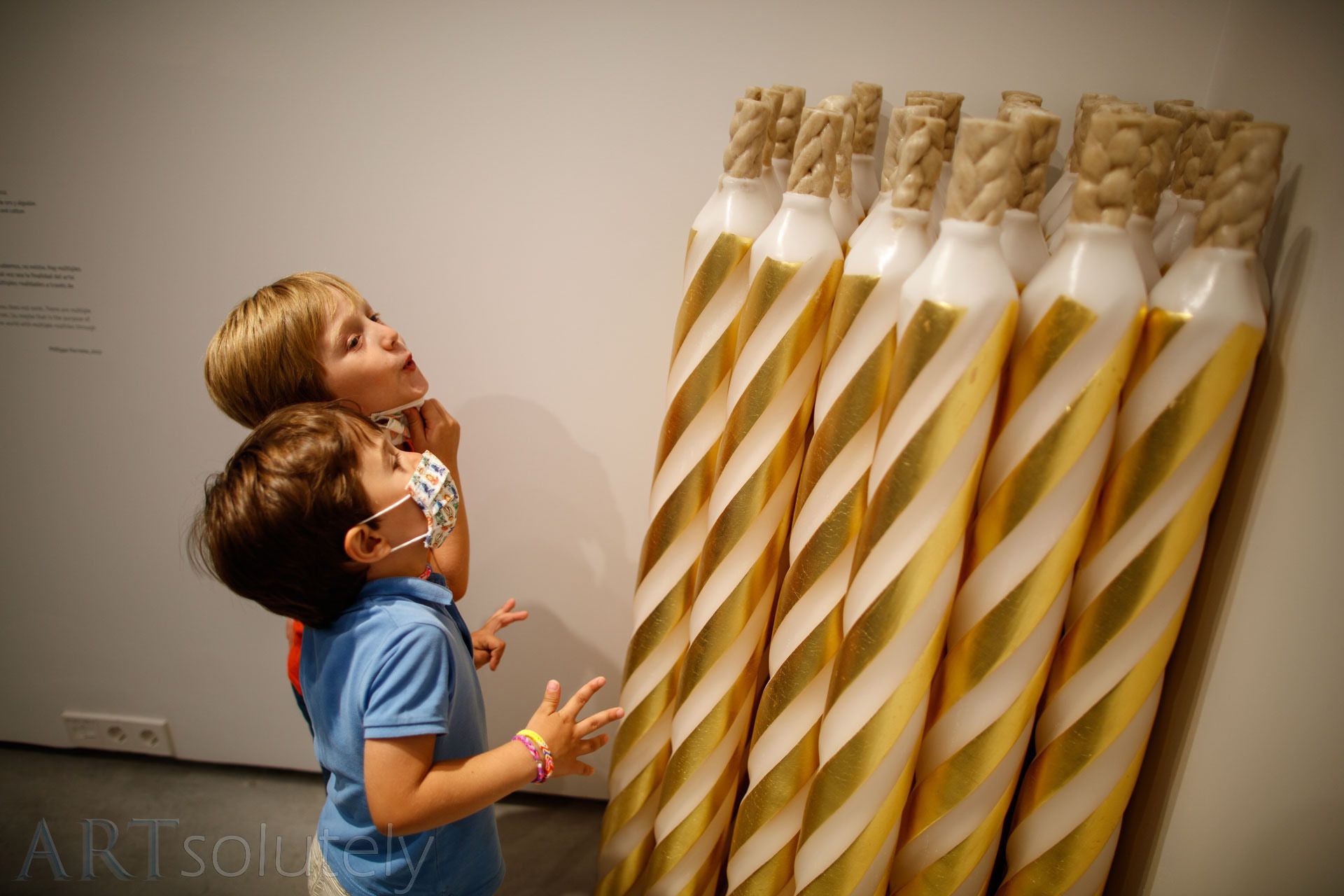
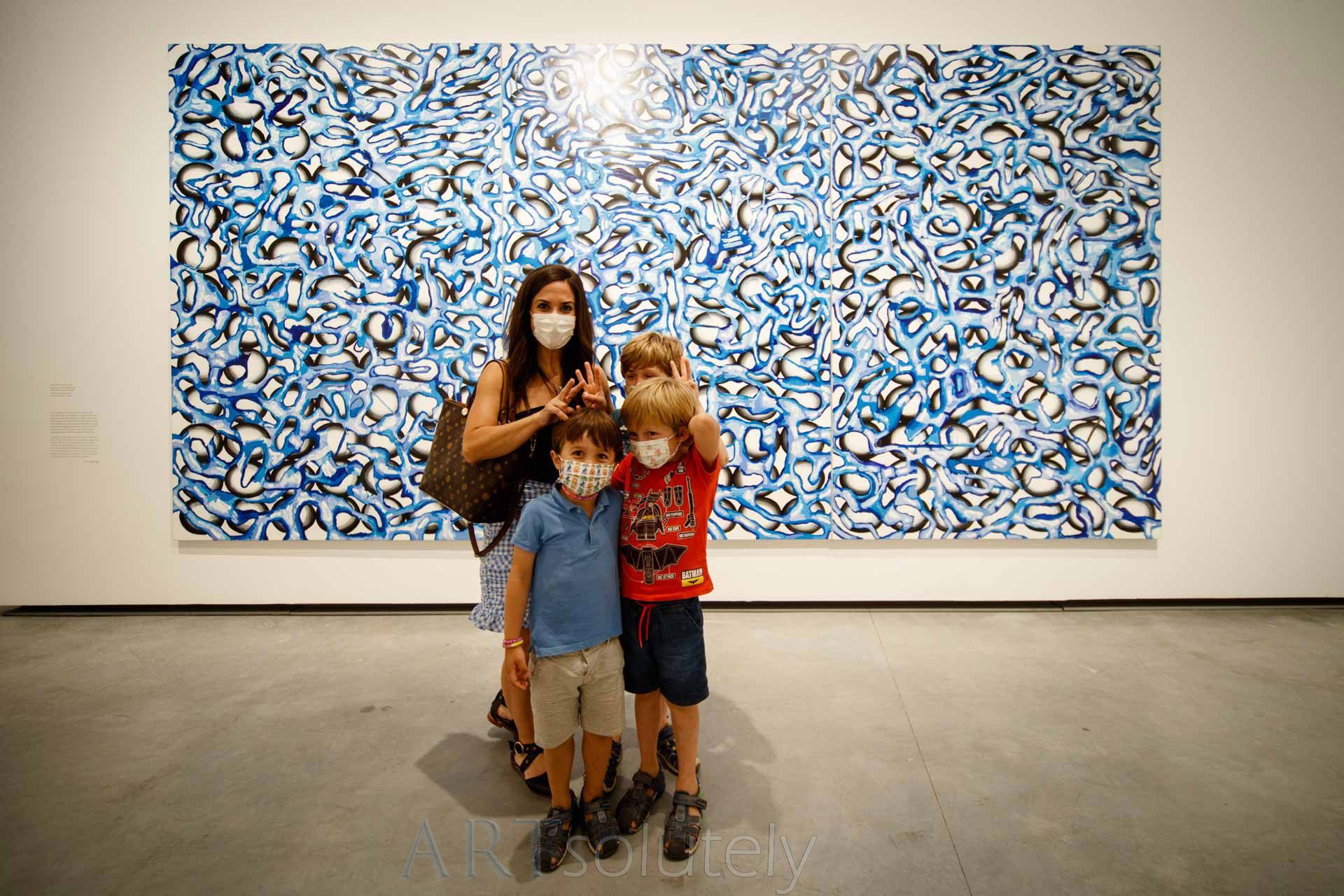
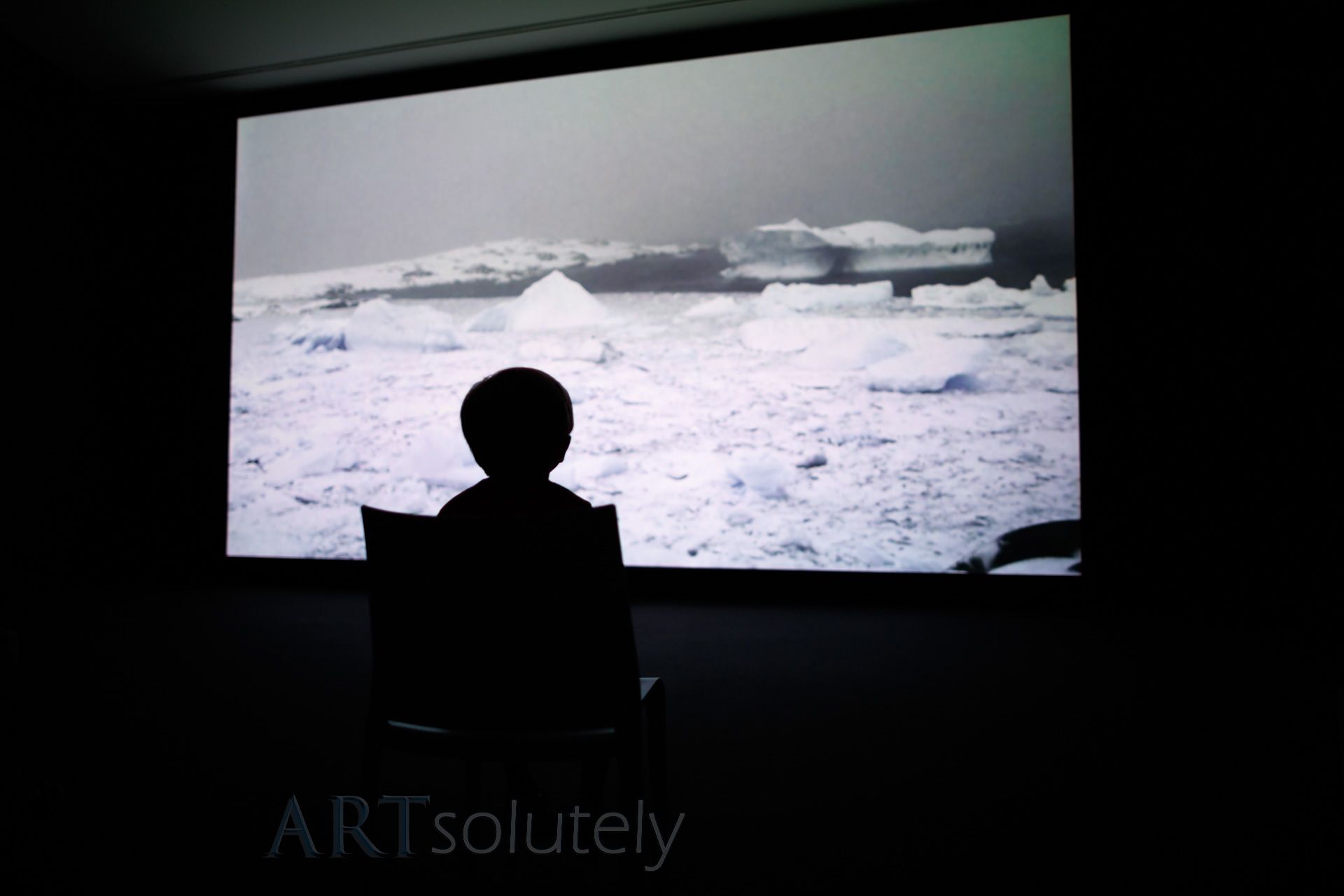

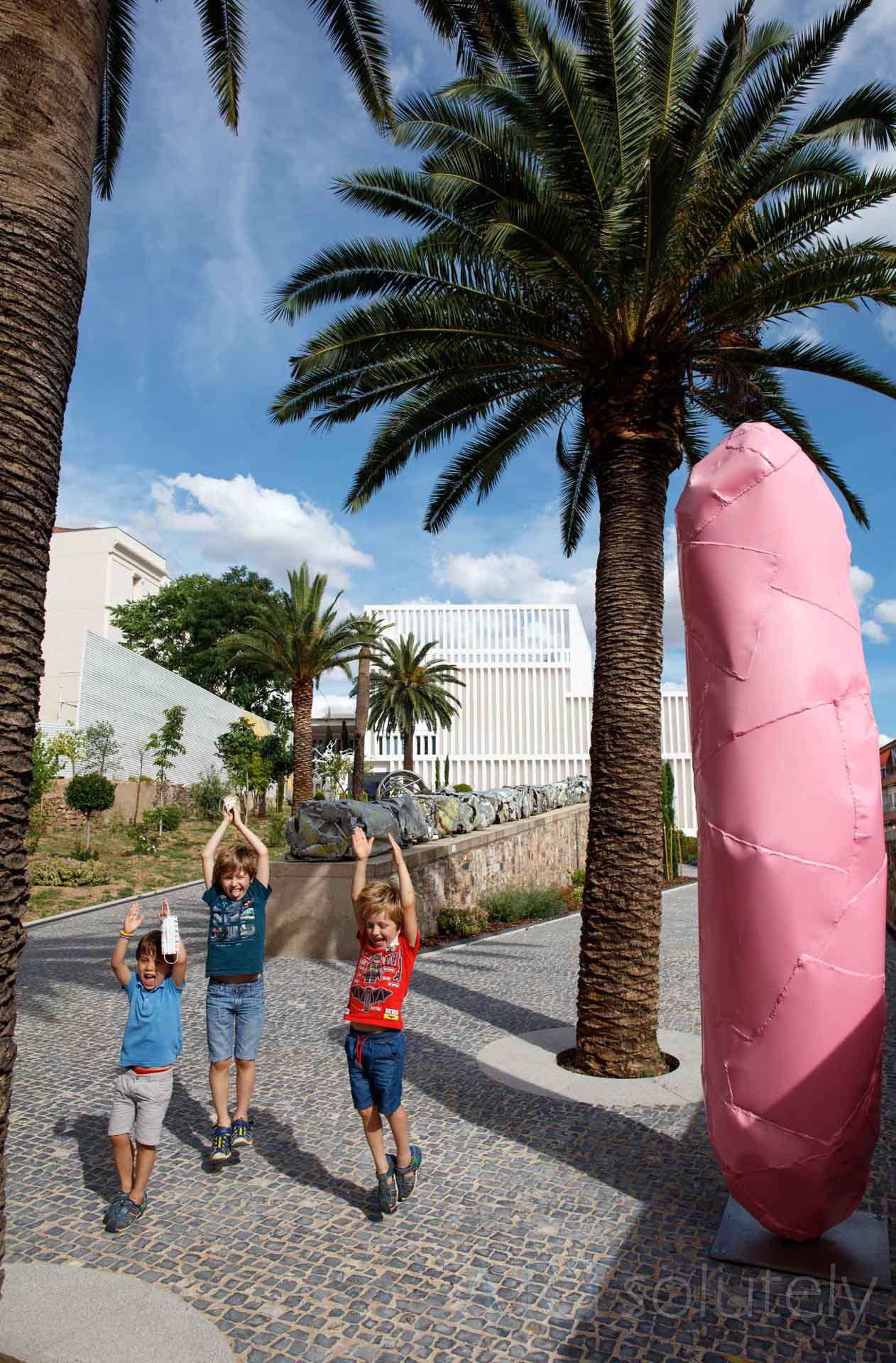


Recent Comments